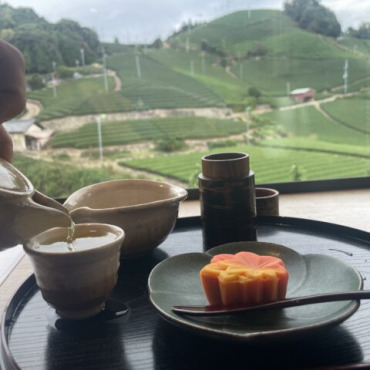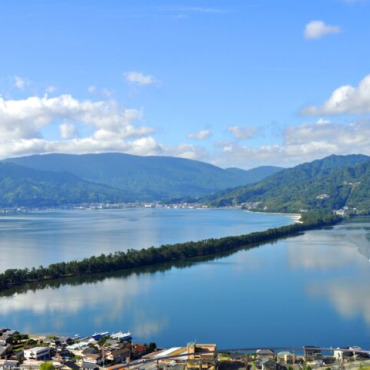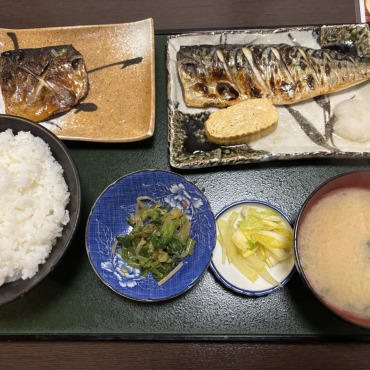

Enjoying Summer at Lake Biwa
〜Cycling around Lake Biwa & Kyoto / 4days〜
Lake Biwa is the largest lake in Japan, and cycling around the lake is very popular.
It’s very close to Kyoto, and an e-bike can take you to the western end of the lake in 15km (1 hour).
You can cycle along the canal from Kyoto to Lake Biwa, or take a short loop to Omihachiman, the old center of Lake Biwa, and back, or even cycle 200km around the lake over three days.
We will introduce some model courses from the perspective of local cyclists.
Days: 3~4days
Distance: 220km
Elevation gain: 970m
Itinerary
This route starts from Kyoto and goes along the Lake Biwa Canal Path, then along the Lake Biwa Cycling Road to Wani, crosses Mt. Hiei, and returns to Ohara via the Kamogawa Cycling Road. The route is generally flat.
We’ve picked out a few key spots along the route to introduce in this article.
*This feature is presented in collaboration with “Kyoto by the Sea e-Bikes.”
Day1
Lake Biwa big bridge & monument
Our journey starts in Kyoto, heading toward Ōtsu, where Lake Biwa lies. About 20km from Otsu, you will come to a large bridge with a total length of 1.4km. There is a monument of Lake Biwa nearby, and many people take photos there. The road to there has urban beauty with buildings lining the other side of the lake, but it is flat all the way, so it may get boring.
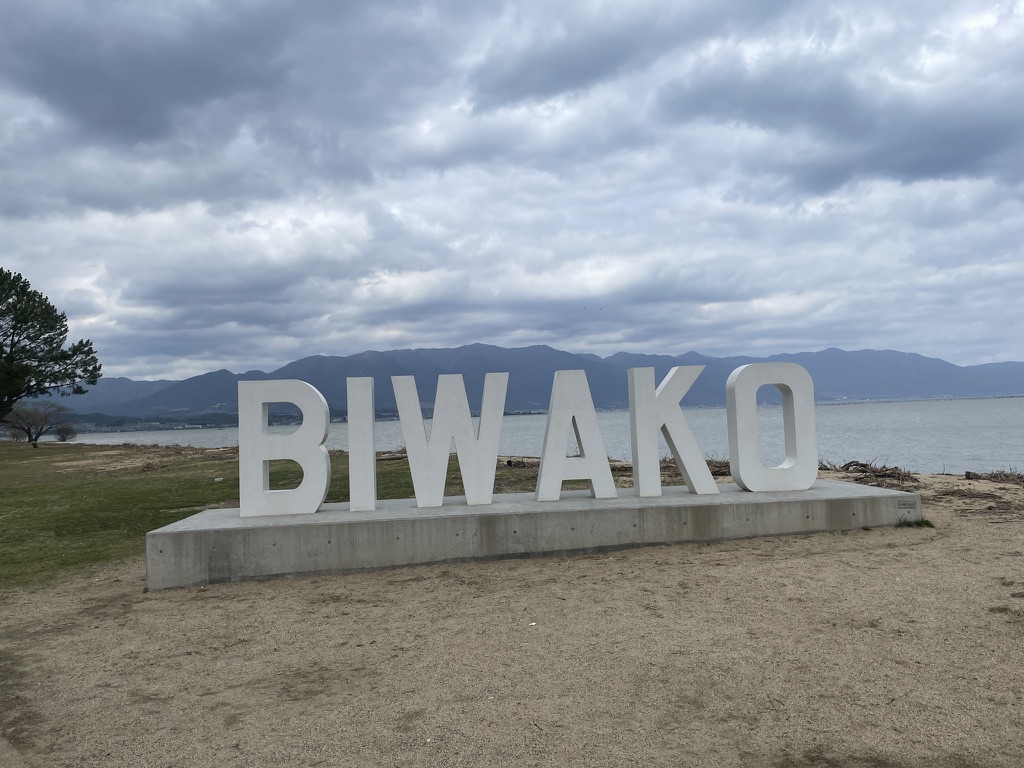
Day1
Omi-hachiman
This is the main dish for the first day. Omihachiman was the center of the Lake Biwa economic zone in the Middle Ages, and is the city that became the base for modern Japanese companies such as Toyota and Itochu. The city was surrounded by moats, allowing goods to be transported by boat. Even today, many old merchants’ houses and restaurants remain, making it a very charming area. There are also many cheap and high-quality hotels.

Gourmet in Omi-hachiman
Omihachiman is famous for its Omi beef and red konnyaku. Konnyaku is a jelly-like food made from potatoes, and in Japan it is eaten in soup or stewed. It is red but not spicy. It is soaked in various dashi stocks and has a very deep flavor.
Omihachiman was a logistics hub for Japan, so there are many original dishes that combine various foods from all over Japan.

Day2
Hikone Castle
Leaving Omihachiman, you can ride 24km on a flat bike path to reach Hikone Castle. Hikone is a big city, so you may get lost, so keep an eye on the castle signs.
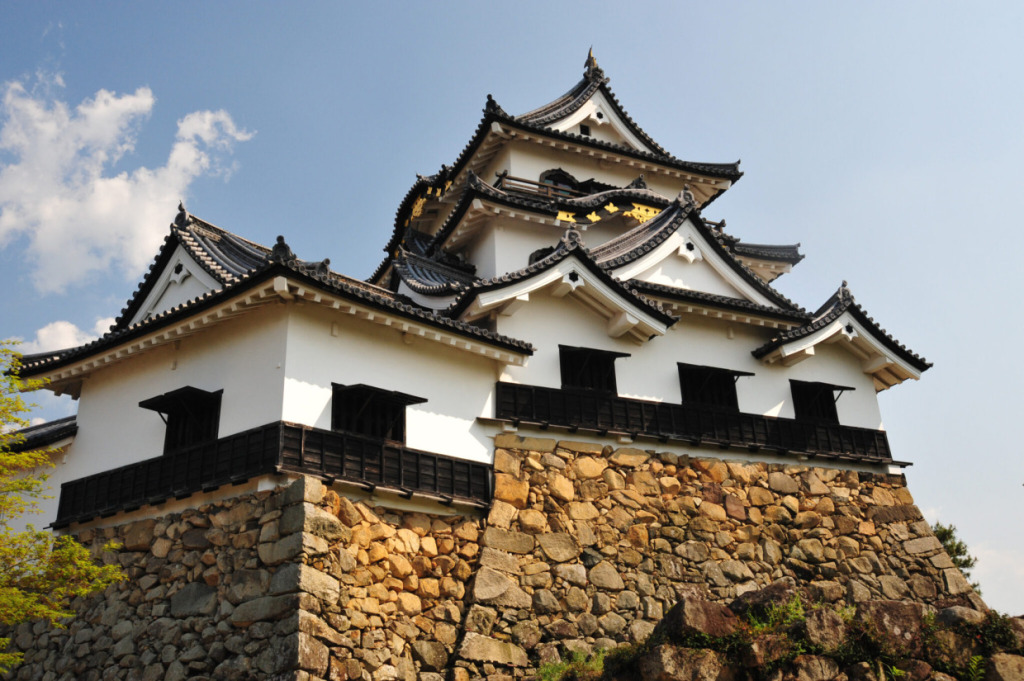
Day2
Nagahama
After taking a break in Hikone, you’ll reach Nagahama after about an hour’s ride. Nagahama is a town that once thrived as a blacksmith town, and is a very interesting place where an old town with glass crafts and other crafts combined with a retro 20th century town.
If you’re mainly cycling, you can pass by here and head to Imazu.

Chikubu island in lake cruise
Chikubushima is a sacred place on Lake Biwa, with a small population and a temple. Cruise ships depart from various ports on Lake Biwa, including Nagahama.
From Nagahama Port, the round-trip boat ride takes 30 minutes one way, and costs 3,500 yen per person for about three hours, including a one-and-a-half hour stay on the island.

Nagahama gourmet
In Nagahama, seafood from Lake Biwa and the northern Sea of Japan is popular. In particular, the ancient sushi, funazushi, which has been around for over 1,000 years, is very interesting. Some people may not like it, but since Nagahama is a medium-sized city, there are many delicious restaurants, so it’s okay.
Day3
Imazu
Imazu is a small old port town that has become a modern-day camping and boating leisure area.
There aren’t many hotel options in the area, so I recommend staying in Imazu or the neighboring Takashima.
Cruise ships to Chikubushima Island also depart from Imazu, so you can stroll around D2 Nagahama and try your hand at crafts, then take a cruise ship tour from Imazu.

Day4
Shirahige Shrine
About 20km south of Imazu, there is a floating torii gate that often appears in brochures about Lake Biwa. It is a small and beautiful shrine, but the road in front of it is narrow and has a lot of traffic, so please be careful not to disturb others when taking photos.

Day4
Climb along the Wani River
The usual route from Shirahige Shrine back to Otsu is along Lake Biwa, but here we will introduce the quickest route back to Kyoto.
Head west along a small river called the Wanigawa River.
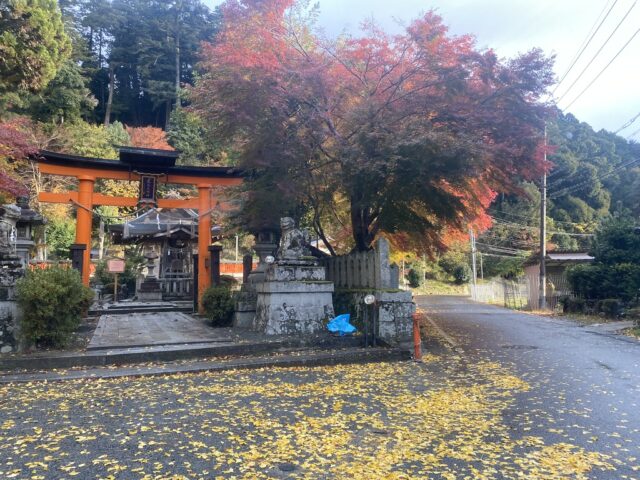
Day4
Ohara
Ohara is a village that developed as a post town connecting Kyoto and the Sea of Japan. It has historic houses, rich agricultural products, souvenir shops, etc. Most cyclists take a break here before returning to Kyoto.

◆ See more Kyoto courses here.
– Cycling around Lake Biwa & Kyoto (4days)
– Nara, Wazuka & Uji Tea fields eBike Tour (1day, Car supported)
– Kyoto to Ine (3 days)
– Kyoto Gion & Fushimi Inari Hidden Path E-Bike Tour (4hours)
Post Date:2025.07.04

